The Bank of Canada has raised its benchmark interest rate by half a percentage point, the first oversized rate hike in decades and an aggressive step forward in its campaign to tackle runaway inflation.
The bank’s governing council agreed on Wednesday to increase the policy rate to 1 per cent from 0.5 per cent, and said that more rate hikes will be needed to prevent inflation expectations from spiraling upwards. It typically moves in quarter-point increments, and has not announced a half-point hike since May, 2000.
This puts the central bank on track for the quickest monetary policy tightening cycle in decades, which could push borrowing costs for Canadian households and businesses above prepandemic levels by the end of the year.
The bank also said it would stop buying federal government bonds and begin shrinking its balance sheet. This process, known as quantitative tightening (QT), is effectively the reverse of the bank’s massive bond-buying spree during the COVID-19 pandemic, which sopped up more than $300-billion worth of government debt in an effort to keep interest rates low.
The supersized rate hike – the bank’s second move in two months – combined with the start of QT marks a shift in policy. After holding interest rates at record lows and taking a gradual approach to unwinding pandemic-era supports, Governor Tiff Macklem and his team appear to have woken up to the danger of rising inflation expectations and have moved forcefully to defend their credibility.
Most financial analysts expect the bank to raise the policy rate at each of its remaining five rate decisions this year.
Higher rates will show up most immediately in variable rate mortgages, while also pushing fixed-rate mortgage costs higher when people renew. Canada’s five large banks all increased their prime lending rate by half a percentage point, to 3.2 per cent, after the central bank announcement.
Inflation has run above the Bank of Canada’s target range of 1 per cent to 3 per cent since last April, hitting a three-decade high of 5.7 per cent in February. The bank said on Wednesday that it expects annual consumer price growth to average 5.3 per cent this year, up from its 4.2 per cent projection in January. It does not see inflation returning to 2 per cent until 2024.



